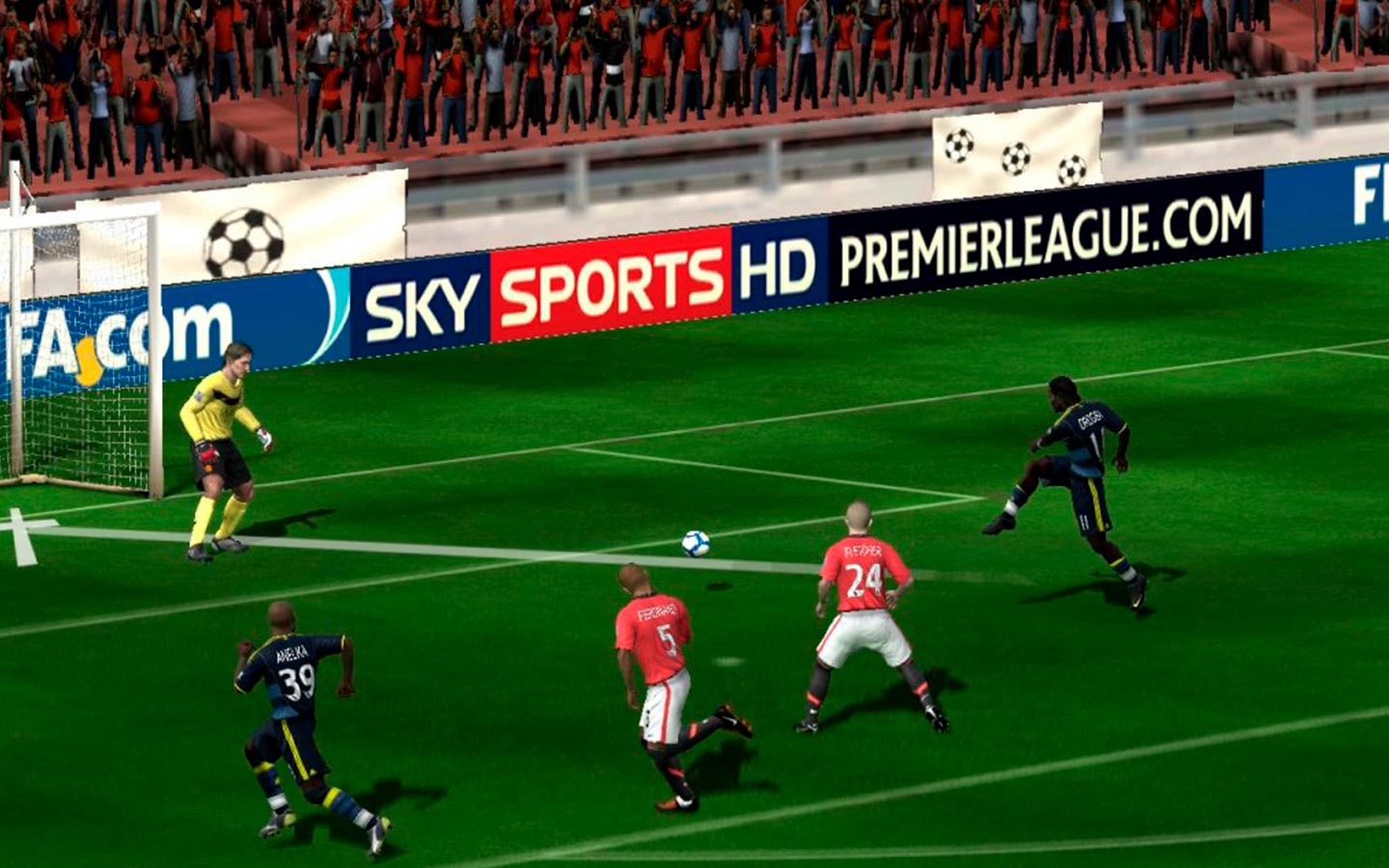The domain of videogames is going through an unstoppable expansion. Since the era of pioneers like Pong and Space Invaders, to the popularity of MMORPGs, moving across sagas, sandbox or open world titles where players are less and less bound to a preset plot, up to phenomena such as Fortnite, where gaming and metaverse overlap, much has changed in terms of quality, diffusion and cultural relevance. Let’s take a closer look at this reality and the opportunities it brings along.
Men, women, confirmations and surprises.
The image of a male (perhaps a bit nerdish) videogamer, glued night and day to a console is now pretty much worn out. Recent stats on gamers gender distribution further contradict this stereotype, since the quota of female gamers has now reached 45% of the total. However, this balance is not mirrored by true and whole inclusivity: not only because in character-based games (as opposed to puzzles like Candy Crush) nearly 80% of lead roles are masculine; but also for the worrying (and not scarce) cases of abuses and sexism in big names such as Ubisoft and Activision. More in line with what one may expect is the split in game type preferences, with men favouring action-based and fighting games, and women preferring puzzle games. The intensity of this passion is different as well: a majority of men mention gaming as their no.1 hobby by far, whereas more women include gaming within a broader and more differentiated range of pastimes.

More platforms, gamers and sharing
Concerning diffusion, for sure the huge popularity of smartphone-based games (like Angry Birds or Candy Crush) or social media powered ones (like Farmville) has helped a lot. As a result, the number of worldwide gamers is constantly growing. There were nearly 2 billion in 2015 and according to the trend the cap of 3 billion will be broken in 2023. The spread of gaming in general has certainly been spurred by online games specifically, which have triggered the importance of sharing the experience, especially among younger players (it’s no good playing Fortnite without an audio connection with friends). Yet one should not overlook that, even though kids begin to play at a very early age, the average age of videogamers is not as low as one may believe. Thanks to the diffusion of different types of games on different platforms, the average age of videogamers spans from 35 to 44 years (USA data).

New cultural experiences
Videogames budgets (and their business impact, as shown by the humongous amount of money surrounding the acquisition of Activision by Microsoft) are increasingly high, not far from authentic productions. Actors, voice talents, narrators, screenwriters, artists… the quality of products, especially console-based ones, is getting better and better. Not surprisingly, two titles sold in the latest years such as Red Dead Redemption and Death Stranding are now generally considered as culturally relevant products. Therefore, it is quite right if the name of Hideo Kojima, the creator of Death Stranding, is broadly mentioned even outside the circle of game critics, along with those of renowned film directors or book authors.

What about brands?
The constant broadening of the cohort of gamers in sociodemographic terms makes videogames a very attractive touchpoint for marketers as well. Even disregarding advergames, where games are in whole or in part a brand promotion tool, as well as the presence of banners or video content within mobile gaming apps, it is for sure in-game advertising (i.e. blending ads into the game experience) which represents the most interesting phenomenon. From this point of view, virtual world mirrors real world advertising techniques, such as product placement and above-the-line communication (in the form of adv spaces integrated within game graphics and experience such as billboards in e-sport stadiums). Namely, dynamic in game advertising (DIGA) probably represents the best of both worlds, mixing the “real world” mimetic side (in game billboards) with the potential of digital medium: these spaces are available to media buyers as targetable, for example, for age and geographic provenance of the player. One more precious chance for brands to intercept with precision an increasingly wide and differentiated audience.







